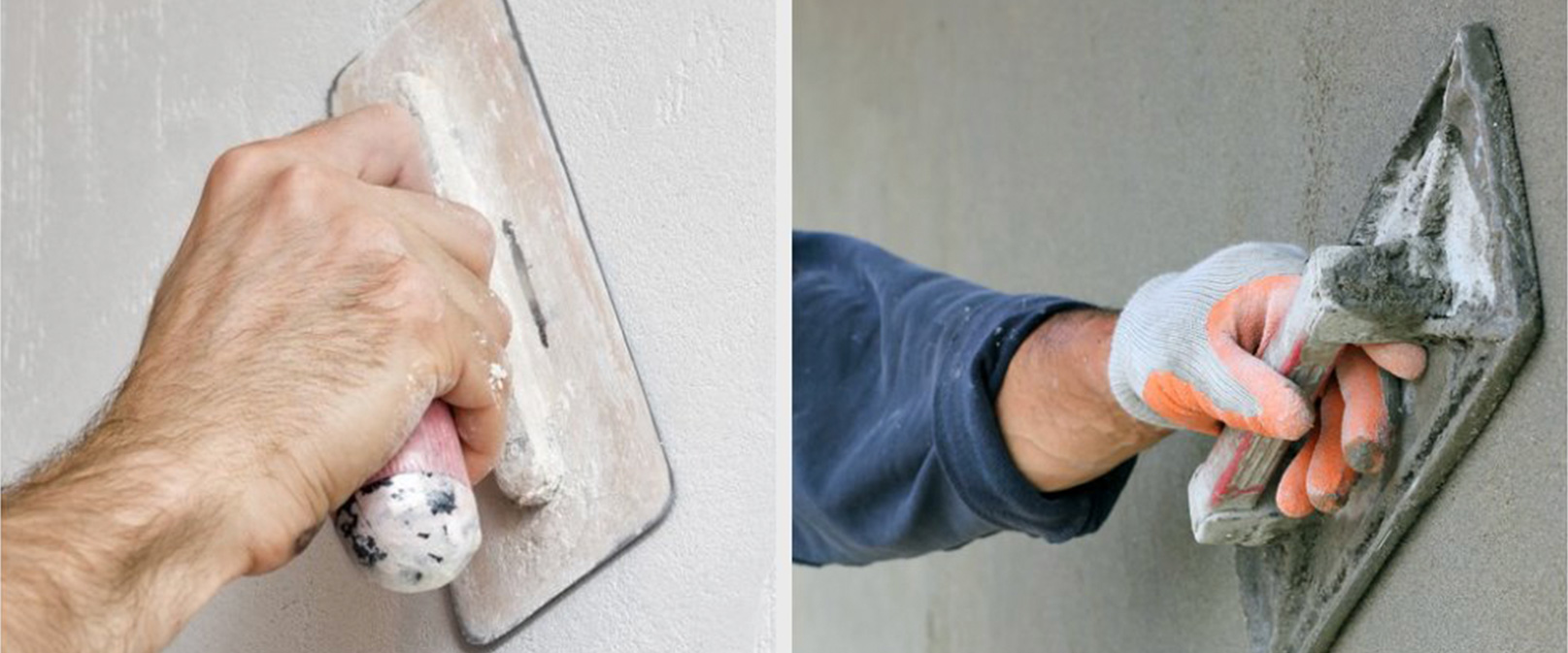
Cost comparison Gypsum plaster vs Sand Cement plaster
Sand Cement plaster is a major component of today’s internal plastering and finishing application. A typical traditional internal plastering application contains of the following steps.

So, while considering the cost of internal plaster on walls, we consider the following costs:
- Sand Cost
- Cement Cost
- POP punning Cost
- Putty Cost
- Primer Cost
- Paint
Now let’s look at each of these costs one by one and compare them with Gypsum cost. We have taken Hyderabad as the test market.

Other Cost Involved:
-
- Transportation Cost: The material at site is generally dumped near the store or some designated area from where the material is lifted to the required floor. In Sand/Cement plaster apart from Cement which comes in bags, sand is transported manually thus raising the costs.
-
- Water Cost: The cost of water is generally never considered however given the scarcity of water, water is purchased at many places. In Sand cement plaster curing requires a lot of water (0.44 gm/per gm of cement) which is saved when gypsum plaster is used.
-
- Electricity Cost: The cost of electricity used to mix sand and cement is also not considered in the equation.
- Wastage: High level of wastage is observed in using sand cement plaster due to improper handling of material.
Total cost of above four if considered contributes to about 2-3% of total cost i.e. Rs. 0.6-0.9/sq-ft.
- Volume error in Sand Transportation: Volume of sand is measured with respect to the volume of truck. Transportation of wet sand to site or underloading of vehicle results in 10-15% reduction in
total sand volume which adds to the additional cost.
Some indirect cost:
-
- High strength of concrete required: The average density of sand cement plaster is 60% more than gypsum plaster. Hence the load on the building increases if sand cement plaster is used in internal plastering application as compared to gypsum plaster. Hence the grade of concrete required to sustain the load increases giving rise to higher cost. If gypsum plaster is considered during the planning phase itself, savings can be done in maintaining the grade of concrete
- Lower available area: Average thickness of Sand cement plaster + POP application ranges from 20-25 mm while with gypsum plaster you can get line and leveled surface from 6 mm to 15 mm thus giving more usable space to the users.

Leave a Comment